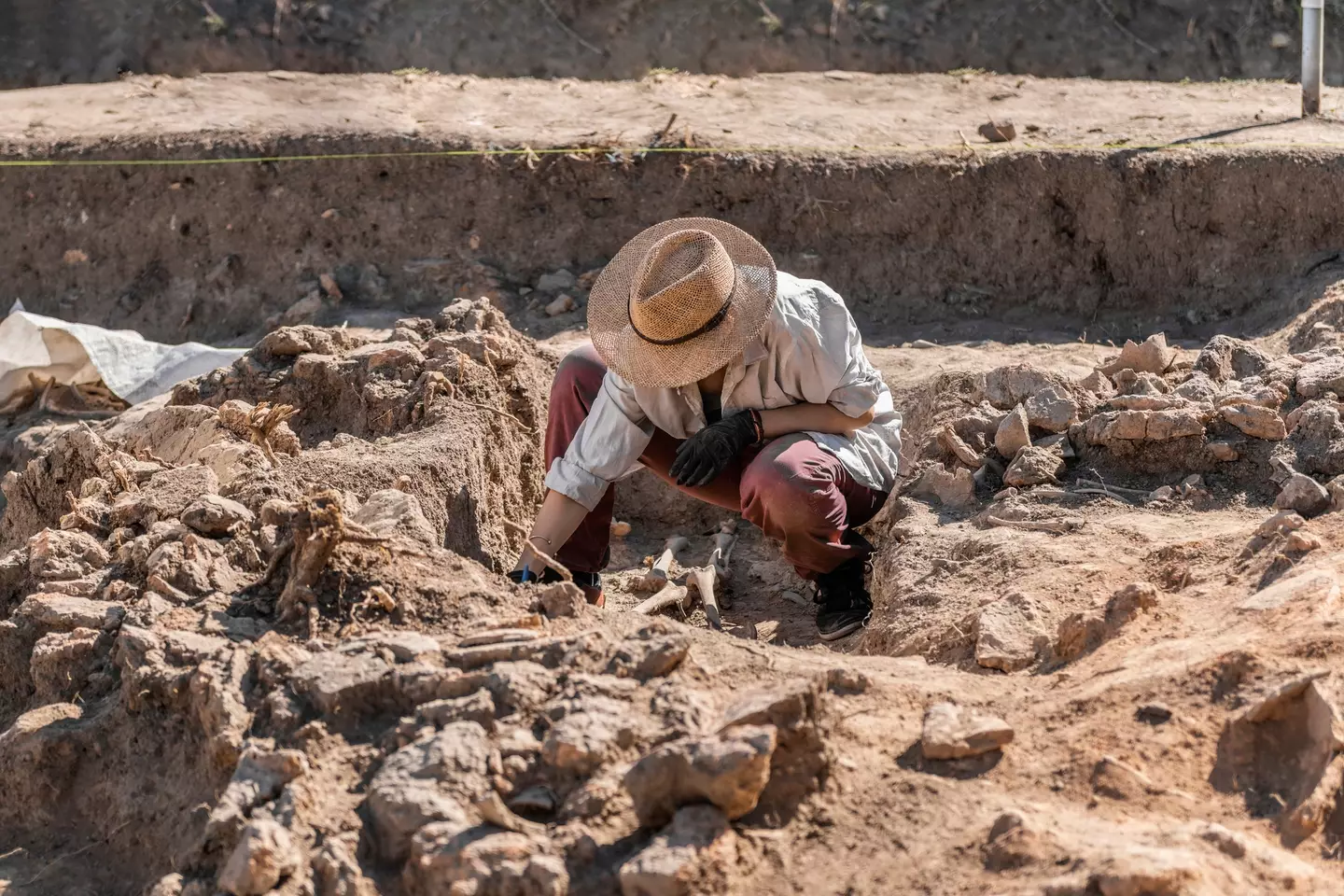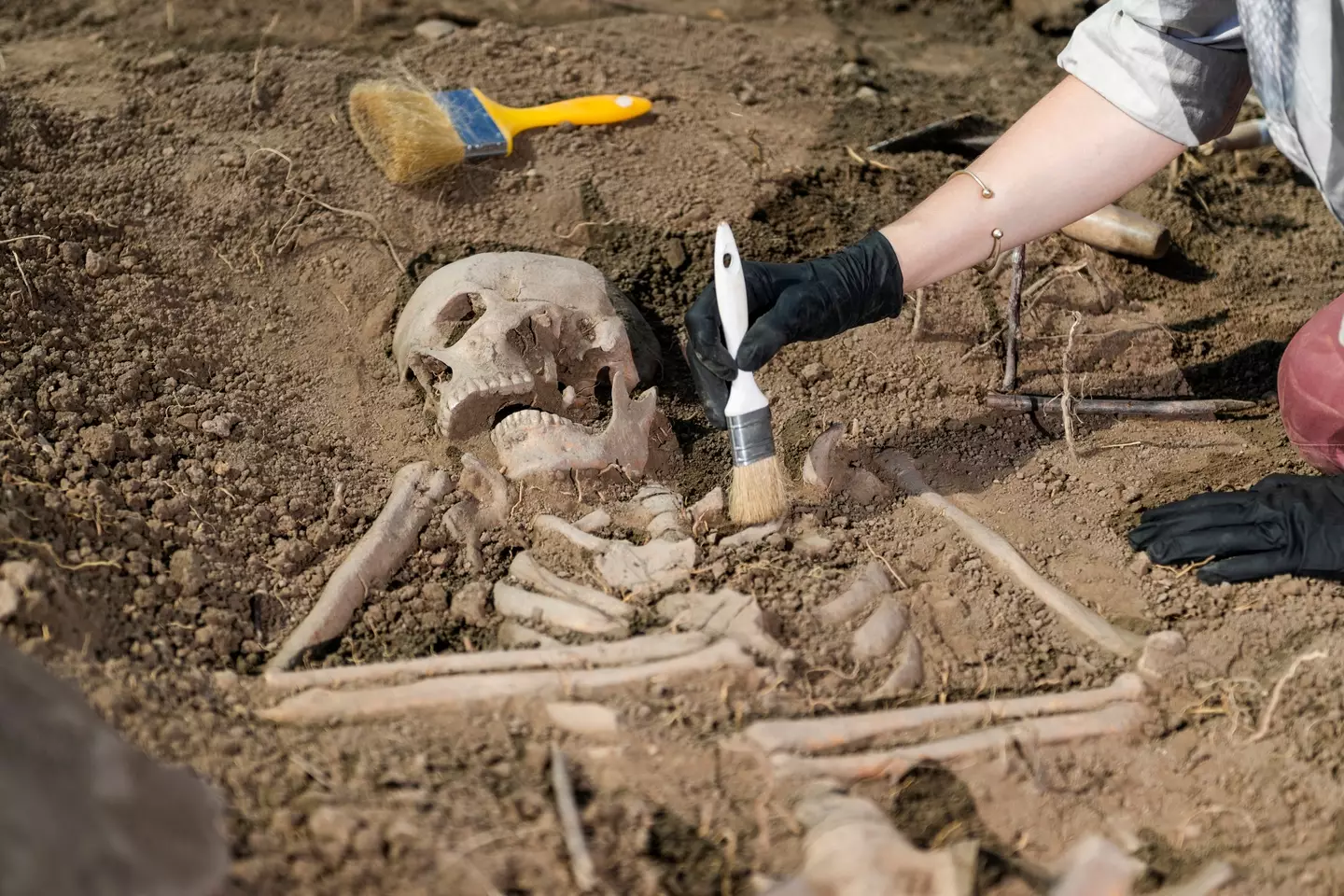
Most people would probably agree that life 2,000 years ago was unlikely to be as easy as it is nowadays.
The advent of technology, let alone modern medicine, has ensured that we all have simpler lives with longer life expectancy, and the chances of being ritually sacrificed in a violent ceremony are pretty slim.
That last one might seem out of place, but it's the subject of a bold academic theory about a brutalized 2,000-year-old skeleton discovered in the UK county of Dorset back in 2010.
The skeleton has been established to be that of a woman in her late 20s, seemingly in good enough health although showing signs of a strenuous life.
Advert
She was killed, though, by a violent cut to her neck, and buried in a really unusual way that has set researchers debating about what her death meant.

It's now thought that she might have been a human sacrifice, underlining how brutal life could be, with findings published in the Antiquities Journal.
As explained by forensic anthropologist Martin Smith of Bournemouth University: "In the other burials we have found, the deceased people appear to have been carefully positioned in the pit and treated with respect, but this poor woman hasn't."
Advert
The woman's burial also lacked the normal pots and joints of animal meat that accompanied people into the afterlife: "The young woman was found lying face down on top of a strange, deliberately constructed crescent-shaped arrangement of animal bone at the bottom of a pit, so it looks like she was killed as part of an offering."
Detailed scientific analysis of the woman's skeleton confirmed that she'd likely been a laborer before she died, as so many people were, but the most eye-opening parts were her wounds.
She had a fractured rib that had partially healed, suggesting it happened a few months before she died, but a deep cut-mark on her neck hadn't healed, which therefore likely killed her.

Advert
Many researchers suspect that there was still infrequent human sacrifice being performed in the British Iron Age, but it's been hard to gather evidence that proves this clearly.
However, the way this woman was killed, combined with the interesting manner of her burial and the careful arrangement of animal remains below her have led Smith and his team to suspect that this might be an example of such a killing.
As he said: "All the significant facts we have found such as the problems with her spine, her tough working life, the major injury to her rib, the fact she could have come from elsewhere, and the way she was buried could be explained away in isolation. But when you put them all together with her deposition face down on a platform of animal bone, the most plausible conclusion is that she has been the victim of a ritual killing. And of course, we found a large cut mark on her neck, which could be the smoking gun."
Smith and his team's study has been published now, and will doubtless fuel more debate about the woman's fate.